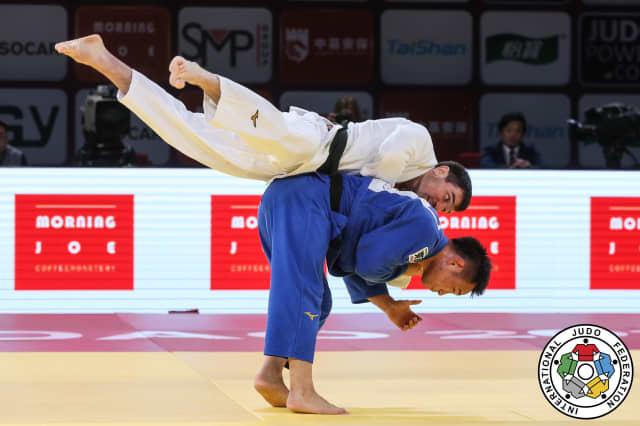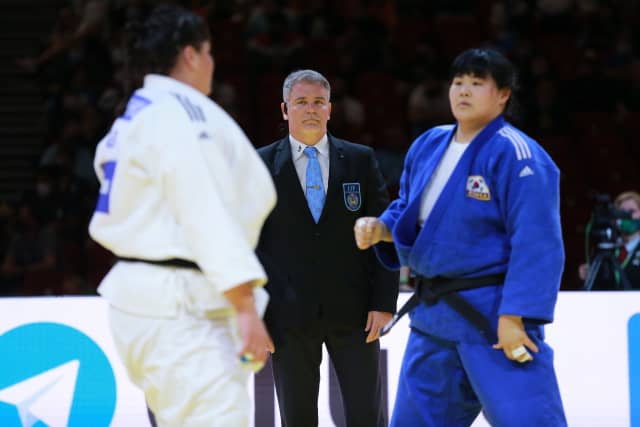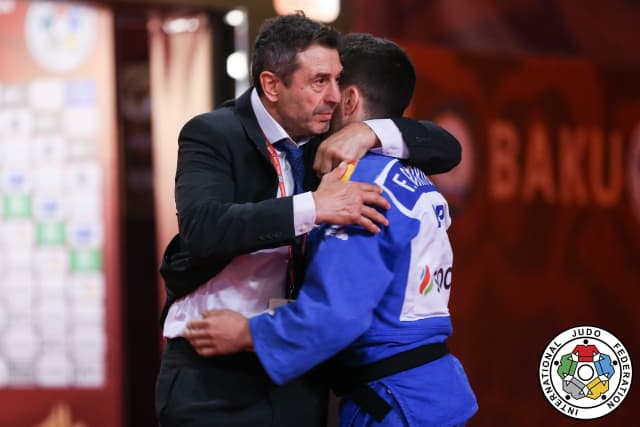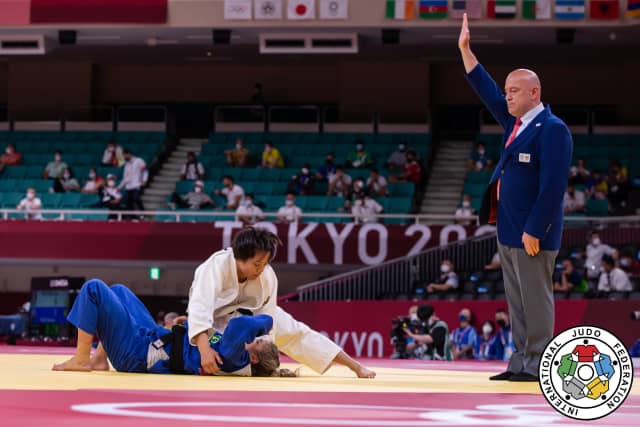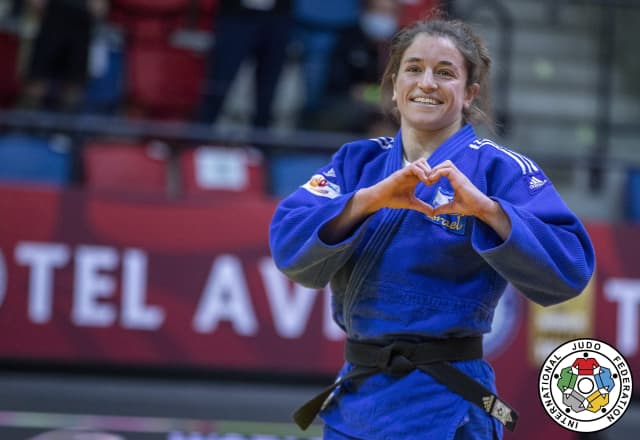With so many facets, judo is complex, a multitude of combined parts that make our experiences both unique and uniform. Such a level of complexity requires each cog to be carved specifically, carefully and beautifully, created with the ability to link with every other moving part. This requires expertise and instinct and also an attention to detail unrivalled in the sports world. From judogi rules to managing the psychology of loss, from referee hand signals to broadcast rights, from contest timing to the teaching of a child’s first tai-otoshi, the list is inexhaustible and for each tiny job there is usually a range of correct methods.
We could think about the seoi-nage of Koga, of Trstenjak, of Ebinuma, so very different but in principle recognisable to all judoka as correct different versions of the same technique. Explaining the detailed differences to non-judoka is difficult; it’s possible but difficult. We have to focus on the tiniest details of grip, stance, balance, intention, timing and that list also goes on and on.
We could think about the 64m2 of tatami the referee must navigate in order to stand in the correct position to see what they don’t know will come next. They have to anticipate, to feel and then apply the rules of the game consistently and accurately, with split-second analysis and reaction to every detail of every contest.
We could dive into training methods employed by the thousands of judo coaches working at all levels all over the world, some with dojos and some with sandy outside spaces, some with qualifications and passion and some with only the latter. We could think about how training is orchestrated for each elite athlete working in their national teams, to help them reach the highest level, an elite level, while sharing the mats with colleagues of all shapes and sizes, both men and women, working in physical situations together, to produce not only the development of the team’s strength but also that of each individual within it. That is a mammoth number of details to consider. Variables, so many variables.
The details matter. They make the difference. The millions of details nailed down by the hundreds of people involved in every event are important. They shape the judo experience for those inside it, those watching it, those writing about it. Come to think of it, those writing about it have another unceasing responsibility to record, analyse, promote and archive all those conjoined details, with the complete judo community in mind, not letting anyone down, noticing the tiniest atoms of genius and the trends.
Judo is not just what is seen on the live stream of a grand slam. It is the sum of all the minutes ever spent thinking about, studying, practising, appraising or teaching it. It is the history and the values that underpin it and the acceptance that while we share so much, we also celebrate the incredible diversity highlighted by judo. We applaud team spirit and individuality. We adhere to tradition while pushing boundaries. We take snapshots as representative microseconds of the whole thing, while unpicking the minutiae that separates one judoka from the next.
We do it all in search of the purest ippon, something so decisive that it shatters those combined details, sending them back out, fractured, ready to be pulled back together for the next ippon. That is the strangest paradox of all, that all those millions of incomputable combinations and possibilities eventually bind together for just one second as ippon. In ippon there is a calming of the busyness, a great satisfaction, but only for that instant.
It is unpredictable. It is beautiful. It is impossible to contain or fully define but when all those details are managed by their various experts and developing practitioners and when everyone involved is seeking to improve one detail at a time, this is a sport to be continuously re-energised by. The details of judo are what makes it unique and uniform and the combination of the unique and the uniform is where our love for it can be found.

